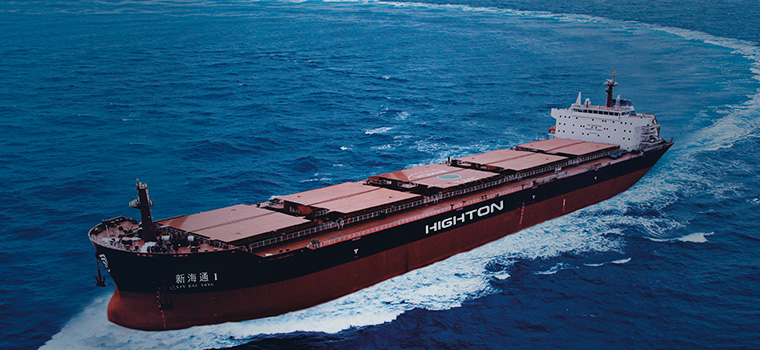In the second half of this year, the dry bulk cargo and oil tanker freight index fluctuated significantly.
Since June 2019, the tanker crude oil freight index (BDTI) has been higher overall, closing at 1312 points on October 22, up 106.9 percent from the beginning of June. Affected by factors such as the dangerous rise in the geopolitical situation in the Gulf region and the attack on Saudi oil equipment, the BDTI index has risen rapidly since September, reaching a 176.6 per cent increase in the cycle from September 14 to October 14. After setting an annual high of 1958 points on October 14, it has been a correction for many consecutive days, with a current decline of 33.0 per cent. Such a large rise and fall is extremely rare in the history of the BDTI index, and the follow-up trend is worth looking forward.
Similarly, in the second half of the year, the Baltic Dry Bulk Index (BDI) also fluctuated significantly, showing an overall trend of higher volatility. After a round of adjustment from late July to early August, it reached a high of 2518 points in early September and entered a new round of volatility after September. It is currently at 1806 points (October 22), still up 200.4 from the lowest point of the year and 64.8 percentage points higher than in early June.
The index measures the cost of transporting resources such as iron ore, cement, grain, coal and fertilizer. As far as China is concerned, from January to September, it imported 784.22 million tons of iron ore and its concentrate, an increase of 6.4 percent over the same period last year, and imported 13.29 million tons of grain and grain flour, an increase of 10.0 percent over the same period last year. Imports of coal and lignite 250.57 million tons, an increase of 20.6. Imported mineral fertilizers and chemical fertilizers 9.3 million tons, up 120.0 percent year-on-year.
China is one of the world's major importers, which has a certain impact on the BDI index. The continuous growth of China's bulk imports has a supporting effect on the BDI index. As far as China itself is concerned, it is still in a relatively obvious growth range, which has played a positive role in the rise of BDI this year.
Compared with the large shocks of BDTI and BDI, China's export container freight index (CCFI) is relatively stable, with the latest report of 776.92 points (October 18), still fluctuating slightly at a low level.





















 关闭返回
关闭返回